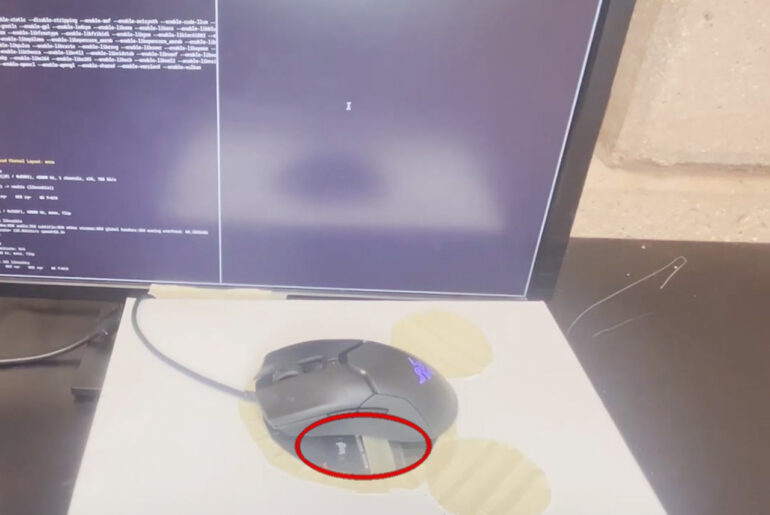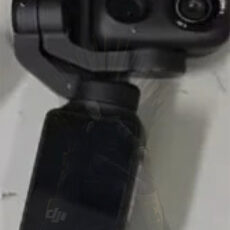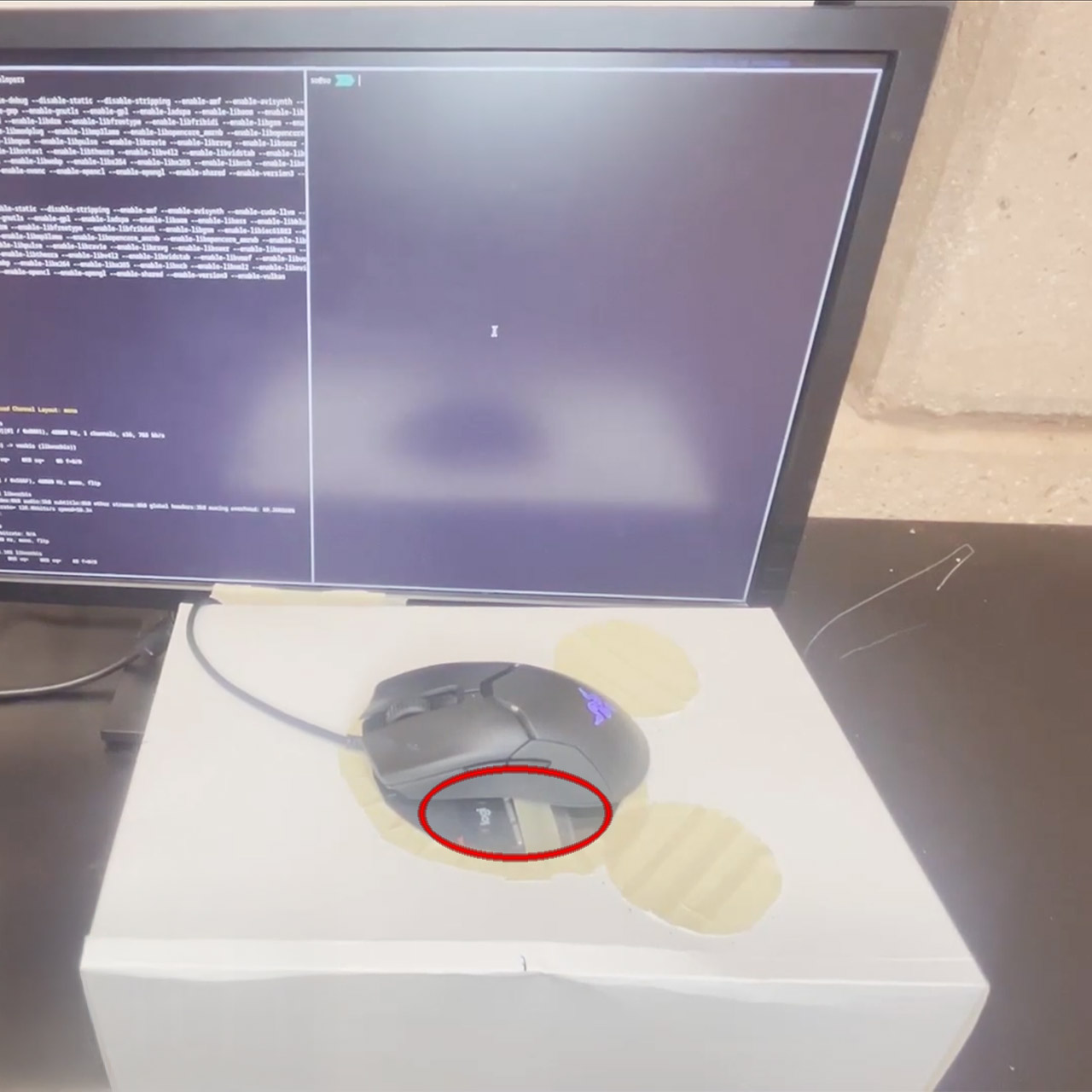
A computer mouse on your desk looks innocent, right? Researchers Isaac Tunney, John Bass and Alexis Lussier Desbiens at the University of California, Irvine, found out a secret about high-performance mice: they can hear you. Not just the clicks and scrolls, but your own voice, picked up by the tiny vibrations of your desk. This is called Mic-E-Mouse and turns a regular peripheral into an unexpected eavesdropper in an age where everyday devices can also be spies.
High-performance optical mice, used by gamers and professionals for precision, are key to this. These mice have sensors of 20,000 DPI or higher and can detect even the slightest movements with incredible accuracy. They poll up to 8,000 times per second, gathering way more data than needed for cursor control. Researchers found that these sensitive sensors can detect acoustic vibrations, or tiny tremors created by sound waves traveling through the surface of a desk. A conversation, a phone call or even a whispered secret can all produce vibrations which the mouse’s sensor registers as tiny movements.
- Lightweight design: Thanks to an efficient mechanical design, the Logitech G305 gaming mouse weighs in at only 99 grams for high maneuverability
- LIGHTSPEED Wireless: Ultra-fast LIGHTSPEED Wireless technology gives you a lag-free gaming experience. The G305 gamer mouse delivers incredible...
- This wireless gaming mouse features a compact, portable design with convenient built-in storage for included USB wireless receiver. Max. speed: > 400...
The magic happens when these vibrations are converted into sound. The UCI team developed a technique to convert raw sensor data into sound. They first filter out background noise, like hand movements and computer fan hums. Then they use signal processing to retrieve the patterns created by sound waves. Finally, machine learning systems trained on human speech analyze these patterns and recreate words with impressive accuracy. In tests, the system got voice recognition accuracy ranging from 42% to 61%. Not great, but good enough to capture parts of a conversation – potentially critical ones – without a traditional microphone.
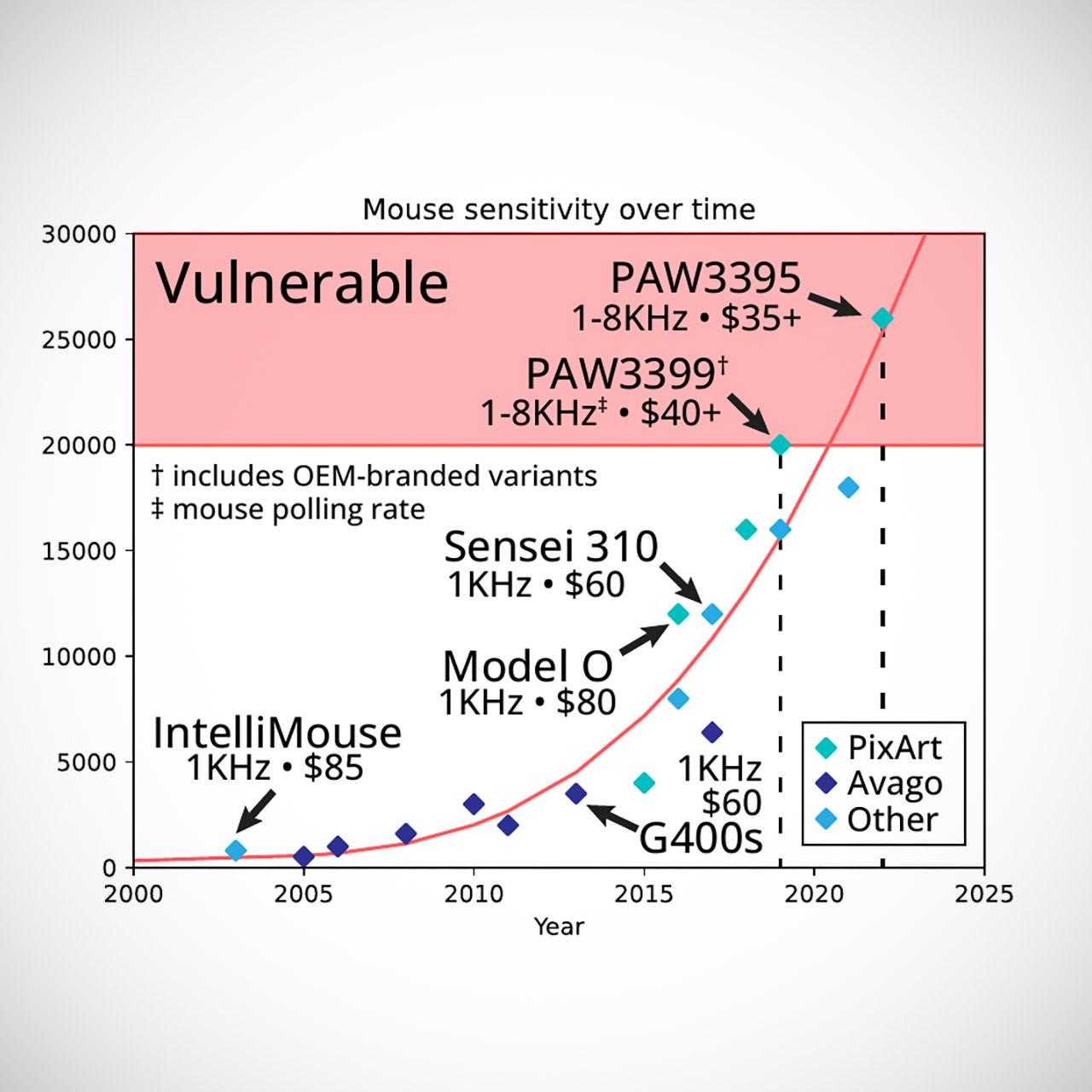
Unlike a hacked webcam or a planted bug, a mouse doesn’t raise suspicion. It’s already connected to your computer and sitting peacefully on your desk. The attack requires a hacked system to access the mouse’s sensor data, but once done, the mouse becomes a stealth listener. The researchers proved this in a proof-of-concept video where a high-end mouse, like the HyperX Haste 2 S, detected and recreated audio from a nearby conversation.
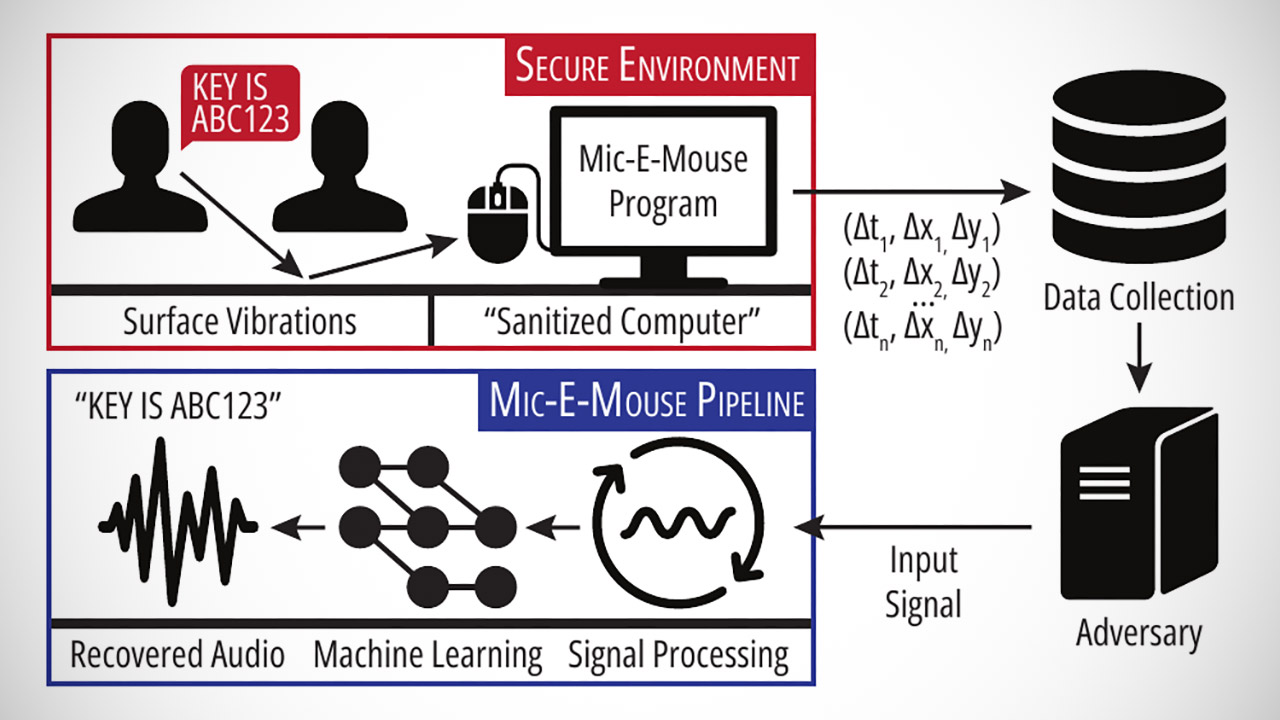
During the Cold War, the KGB inserted a passive microphone into a duplicate of the Great Seal handed to the American embassy in Moscow. It remained undetected for nearly seven years before activating with a high-frequency radio transmission. Mic-E-Mouse feels like a modern version of that, but with a twist: it uses artificial intelligence to interpret data in ways that were previously impossible.
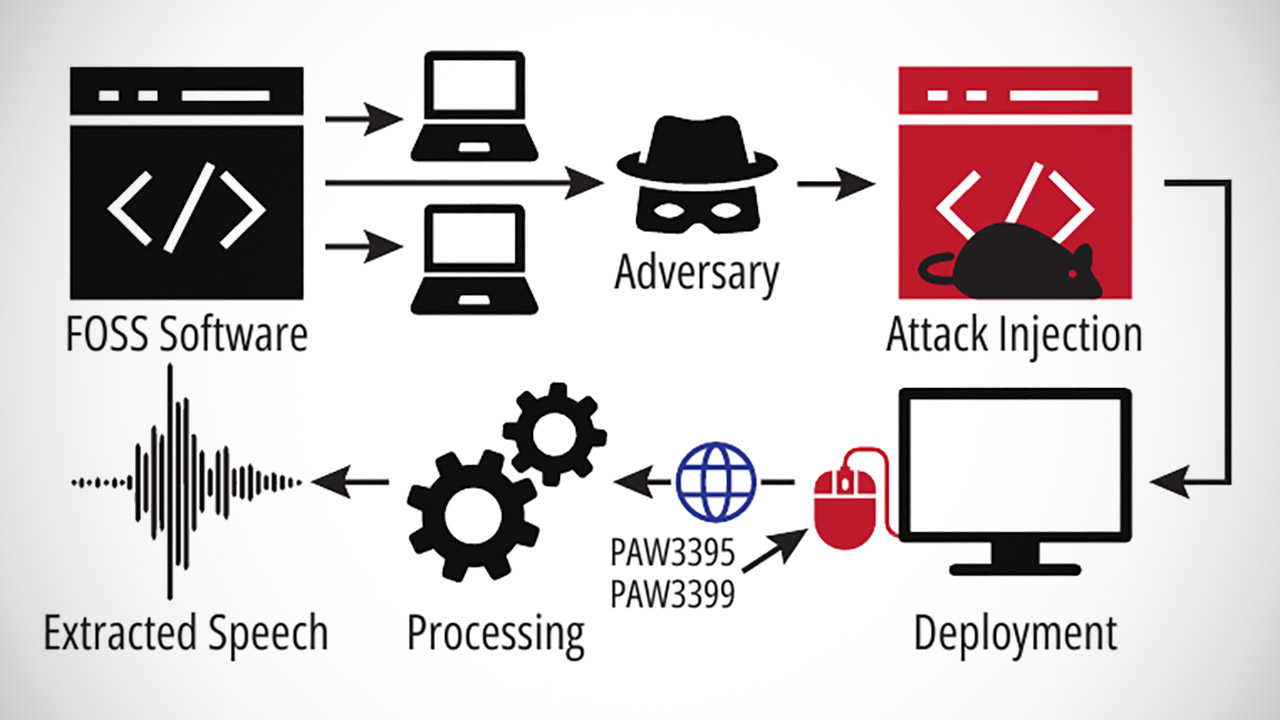
You can’t ignore the consequences as high end mice are becoming popular not only among gamers but also in businesses and homes where precision matters. As they get cheaper the number of targets increase. A hacker can use this to spy on a corporate executive, a journalist or anyone with a high DPI mouse and a compromised computer. The fact that it only requires software to handle sensor data and not dedicated hardware makes it even more appealing to bad actors.
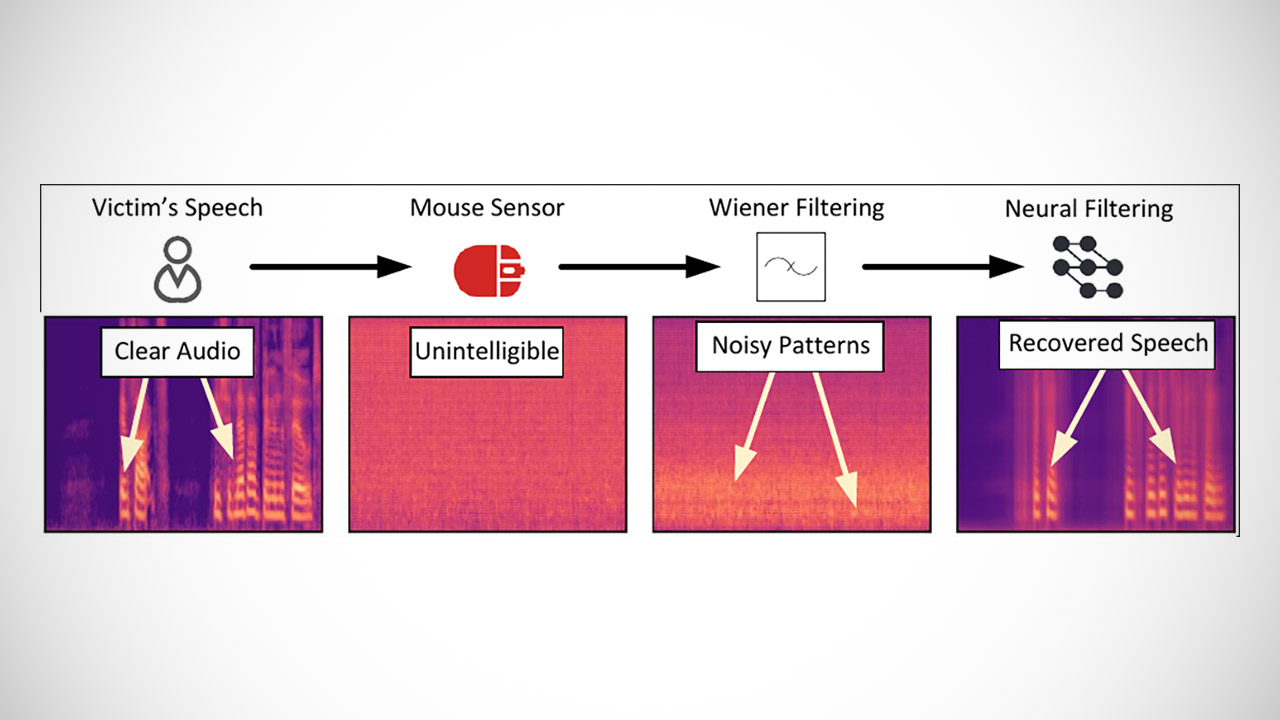
But there’s a silver lining: the researchers are disclosing this vulnerability before it’s widely exploited. They are asking manufacturers and software developers to take action after showing how to turn a mouse into a microphone. Can firmware limit the amount of sensor data exposed? Can operating systems limit access to raw mouse input? These are the questions the tech industry will have to answer as devices get smarter and more intrusive.
[Source]

